During the buildup to World War II, Germany dominated the Grand Prix circuit. Dubbed the Silver Arrows for their stripped-down metallic appearance, the supercars built by Mercedes-Benz and Auto Union took their place in auto-racing history for their performance in some of the most iconic races ever witnessed.
Our project recreates the story of the Silver Arrows using memorable moments from 12 different races and highlighting details that could never have been captured with the photographic technology of the time. The following preview showcases first three of these events.
From the orginal race, 80 years ago, only a few black and white photos and videos were preserved. Despite this, we were trying to achieve perfect historical accuracy and realism in all the details, and for that we needed some references.
We saw each photo countless times and watched the videos repeatedly. We read all the books, CVs and scoured each and every possible source. That is why all the deatils from 80 years ago have been respected and repeated. From the number on the car, to the hands around the wheel. We did so much research on the finer points of the photos, that for the parts we didn’t have, we knew exactly what to do.
While doing the selection we focused on possiblie variables like weather, but also drivers and cars that participated in the races from the years 1934-1939.
Some visuals pretty much remained the same from the first sketch to the final phase, but most of them went through a huge change from idea to execution. For this, there was Milan, our exceptional illustrator. He was able to make our ideas and concepts come alive.
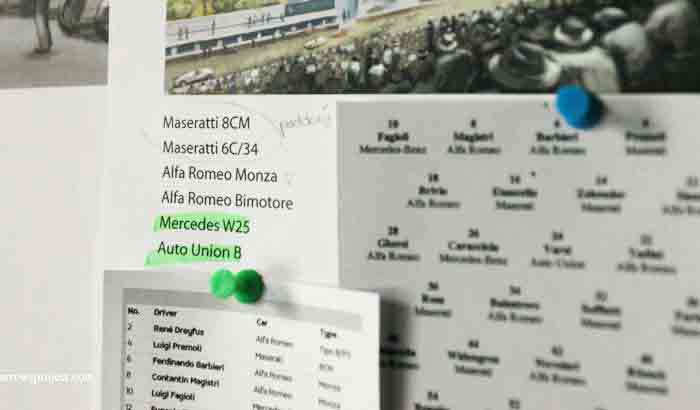
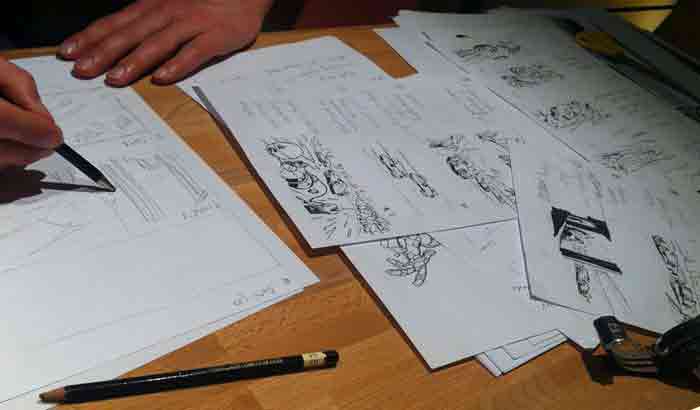
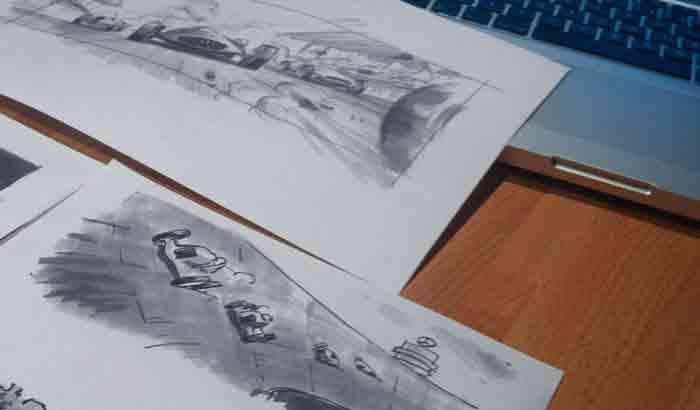
Every racing team had a new, faster and better car prepared for a new season, so we had to prepare more than 20 perfectly detailed models. The cars from that time included Mercedes Benz, Auto Union, Maserati, Alfa Romeo and Bugatti.
Preparing all these was crucial. Cars kept and restored from this time are extremely valuable and its usually only possible to see them in museums. The result is that they look much better now than they used to when they were produced 80 years ago.
We wanted to maintain their beauty and absolute authenticity, which of course included them being smoky and dirty in some cases.
We had the same issue with recreating the locations. None of our chosen sites exist anymore, and if they do, they look radically different to how they were in the golden era of racing.
We had to built the fragments of the most famous racing tracks in history, from the classic Nurburgring to the great architecture of the starting tower in Tripolis- Libia.
Petr Milerski / Head of CGI

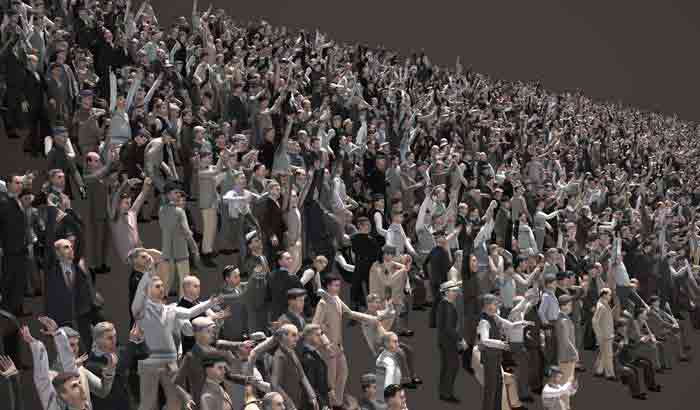
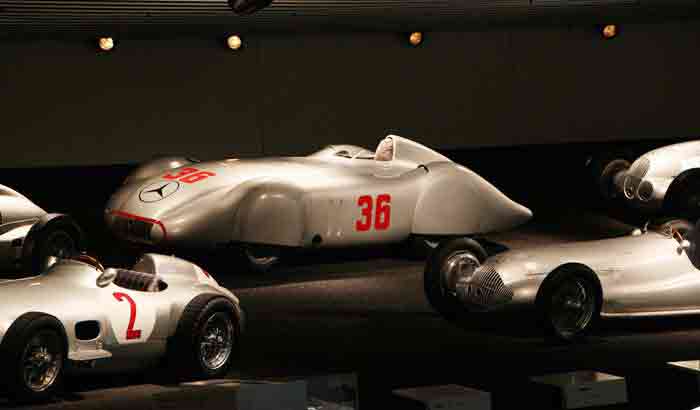
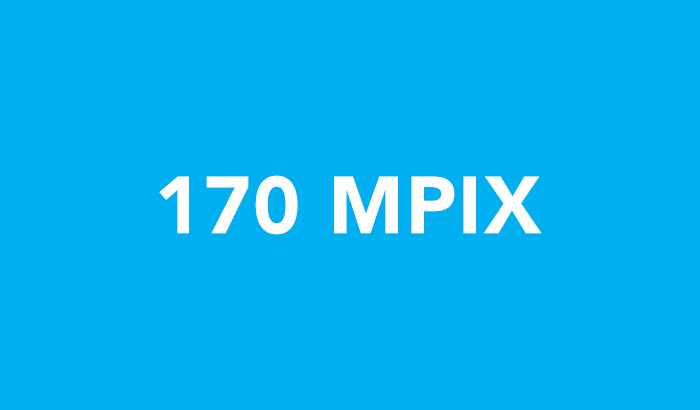
Races of the time were huge events attended by hundreds of thousands of people. We used motion capture to record a number of crowd reactions, which were later used for our CGI audience filling the stands.
Behind the work was a visit to the Mercedes Benz Museum in Stuttgart, were you can see the cars for real.
 VISIT MUSEUM WEBSITE
VISIT MUSEUM WEBSITE
Each visual was prepared, shot and rendered for 20.000px resolution. This means over 170 megapixels resolution, which allowed us to print to huge formats and see every hidden detail.
For the interactive presentation, we prepared a small encyclopedia of cars that gave us a 360 degree view of the machines on the track. Here’s the sample pf Alfa Romeo B/P3 from 1935.
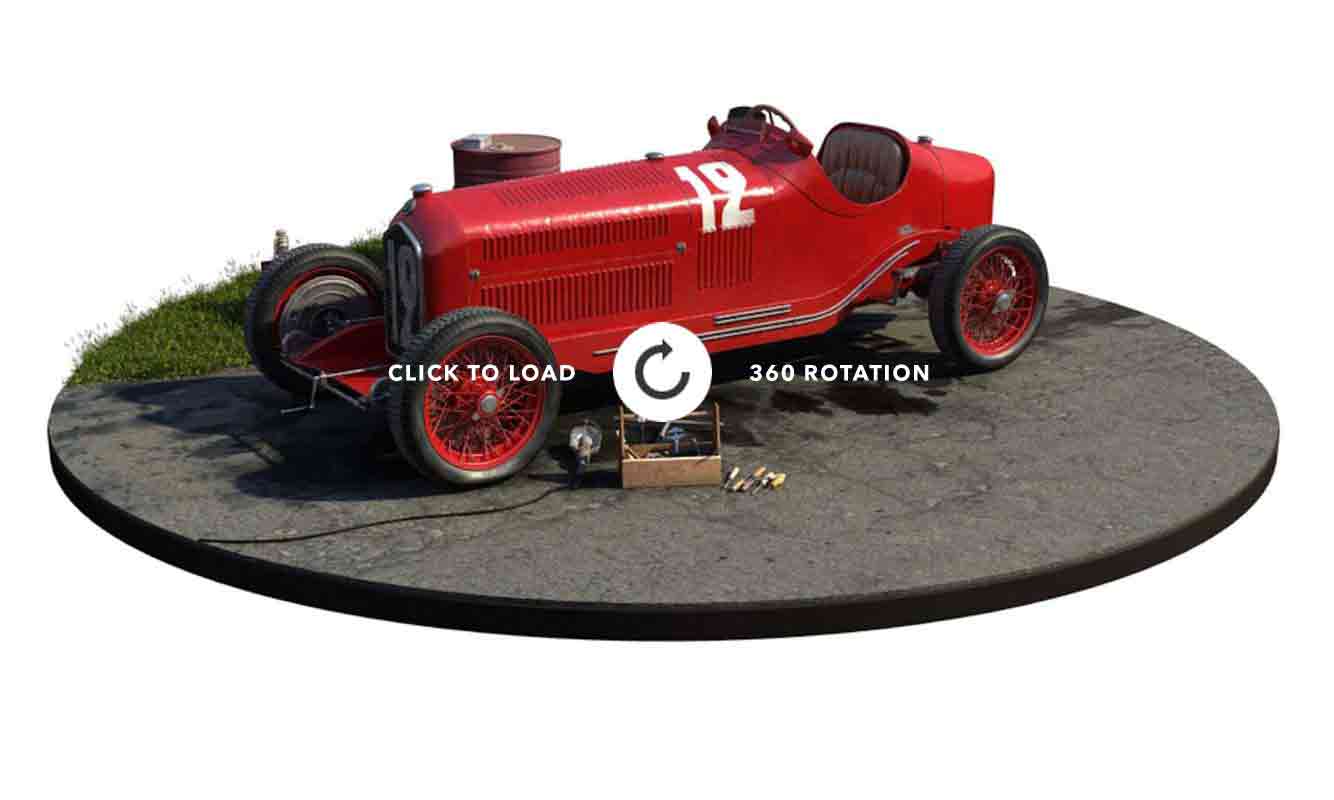
We managed to shoot everything in 5 days, over 3 locations. Each day took around 50 people, with over 200 costumes from the time. This was a real highlight of the project.
Before the shoots, there was a long pre production phase which required professional help from Boogie Films, a company that made the whole thing possible.
For the majority of the costumes, we used the world famous Barrandov studios fundus.
However the biggest thank you belongs to Scholz & Friends in Prague, who helped with the porject from the very beginning.
At each phase of the project, postproduction meant countless hours and hard work spent in 3D, compositing all shooted and modeled elements together. Here, we see an example of how the visuals were created.
Thanks to the huge resolution of all visuals, you can see every scratch and screw on the car. This allows us to print really large scale prints. But for now, you can see a few cut outs from the final visuals in 1:1 scale.
12 Total images created
10 Full CGI locations recreated
9 472 Man hours spent on this project
2 Years in production
1 196 GB storage used
75 People involved
23 Full highpoly CGI cars created
25 Limited prints per image
518 Hours of rendertime
2.5m Average polygons per car
5 Shooting days
0 Animals injured
 VISIT GOODWOOD FESTIVAL WEBSITE
VISIT GOODWOOD FESTIVAL WEBSITE